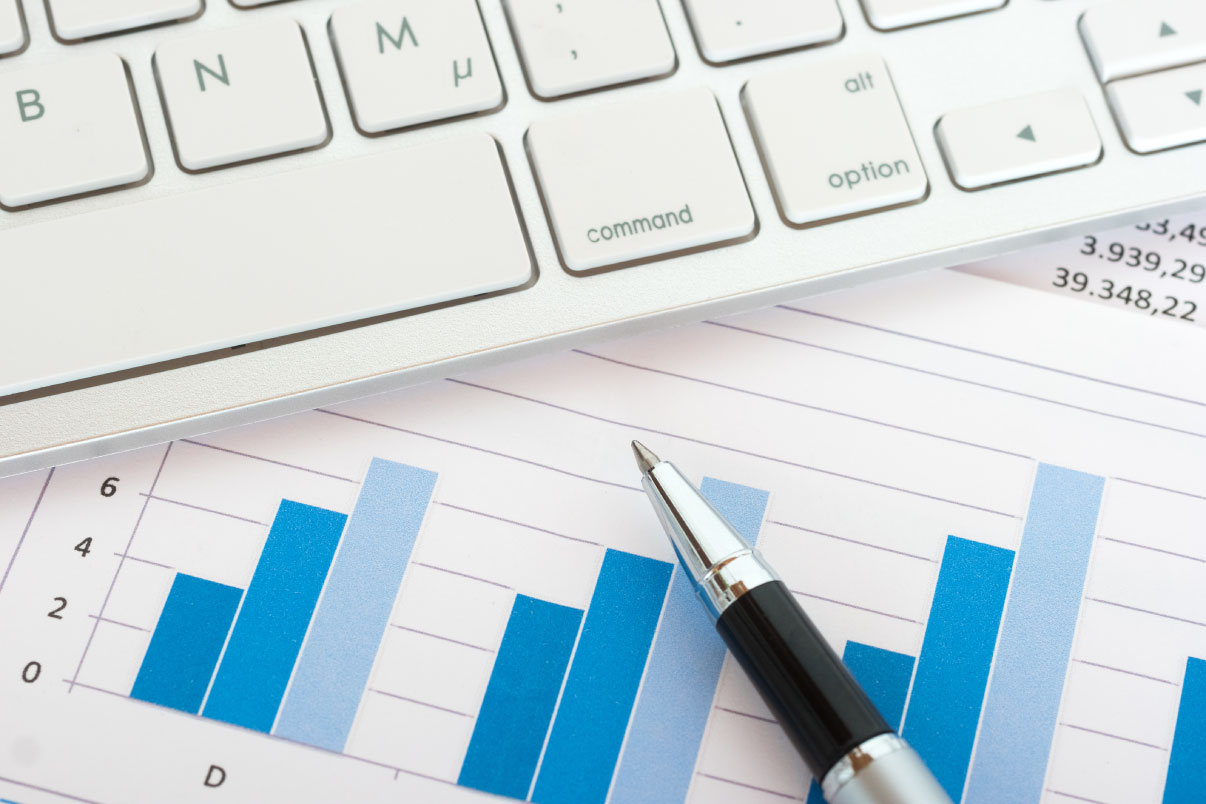Mastercard is launching a new version of the SpendingPulse™ for Brazil. The SpendingPulse™ is a platform that provides estimates and insights into retail sales activities at the national, regional, and local levels. Using aggregated and anonymous data from Mastercard and models representing all types of payments, the platform helps businesses improve performance based on macroeconomic indicators. For the relaunch in Brazil, there will be detailed information by regions and over 50 mesoregions in the South and Southeast states.
Available to customers in 19 countries worldwide, the platform provides daily information on consumer spending across various retail and service segments such as supermarkets, electronics, clothing, restaurants, and lodging. On average, SpendingPulse captured 1.2 billion transactions per month and represented 3.4 trillion reais in retail sales in 2024. Customers acquiring SpendingPulse can view an interactive platform with key indicators and a detailed monthly report. Exclusive information on consumer spending and the expertise of leading economists provide a comprehensive view of consumption trends, assisting in strategic decisions of companies, analysts, and policymakers.
According to Gustavo Arruda, Chief Economist for Latin America and the Caribbean (LAC) at the Mastercard Economics Institute (MEI), the platform utilizes advanced models that anonymously consider online and in-store retail activities. “SpendingPulse™ offers clients a better understanding of Brazilian consumer spending habits in essential and non-essential expenses, allowing clients to align their operational strategies with the identified changes,” he comments.
Retail Sales in April 2025
According to Mastercard SpendingPulse™, total retail sales in Brazil increased by 10.9% in April compared to the same period last year. Sectors with the best performance in the month included accommodations (21.4%), supermarkets (17.2%), and appliances (16.7%), all experiencing double-digit growth compared to the previous year. The Easter holiday partly explains the strong annual performance.
As explained by Gustavo, the strong performance of the state of Santa Catarina (21.1%), followed by the state of Rio Grande do Sul (17.9%), helps explain part of the overall performance. In the sector division, the food sector showed significant results across the board.
In the case of food, results showed regional differences. While the states of Santa Catarina (26.6%), Espírito Santo (23.0%), and Rio Grande do Sul (19.7%) led the outcome, Brasília (13.3%), Pernambuco (13.0%), and Maranhão (13.0%) counterbalanced the performance.
Gustavo also mentioned that the results reflect different price dynamics. According to IBGE, overall retail inflation is around 6.2%, with supermarket prices up by 6.5% on an annual basis.







